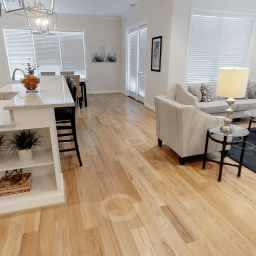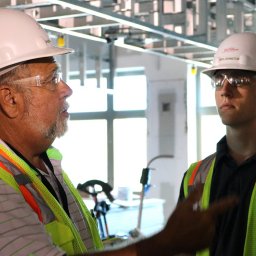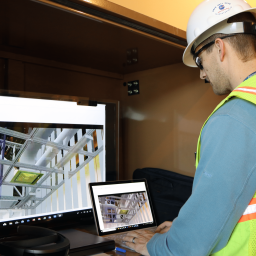The Benefits of Laser Scanning and Building Information Modeling at the CNU Trible Library Expansion
Measure twice, cut once, is a phrase that has been around as long as people have been building things. What if you could expand on that concept in the virtual world? Knowing the layout for all building materials and systems before construction starts is a powerful tool.
We call that tool Virtual Construction. W. M. Jordan Company (WMJ) utilizes it to solve problems, speed up construction times and much more.
A perfect example of Virtual Construction being used effectively is at Christopher Newport University’s recent Trible Library Expansion. The library, built in 1966, had seen four renovations over five decades. Building Information Modeling (BIM) and laser scanning, two elements of virtual construction, were essential to incorporate the older parts of the building with the expansion.
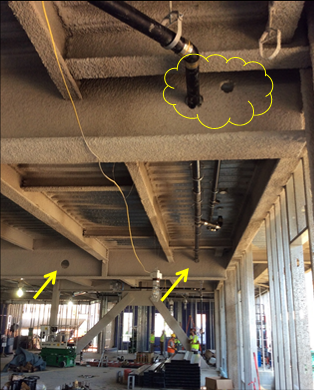
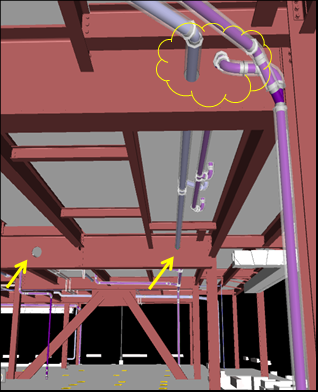
Renovation projects, like CNU’s Library, present their own set of challenges. Older buildings face a lot of unknowns and inaccuracies in contract drawings used to coordinate new construction. The library expansion dealt with renovating spaces in an existing structure that were not represented in drawings or previous models of the building.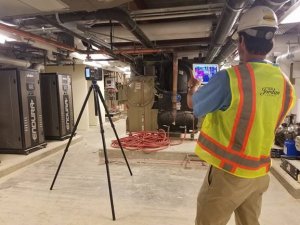
Laser scanning was done with a MatterPort 3D camera. This instrument takes multiple scans 360° around a target area and automatically stiches them together to be used for data analysis. This tool helped the team accurately visualize existing spaces that weren’t adequately represented in historical drawings.
Along with our renovation, the new construction portion of this job needed the assistance of virtual construction. The design of the library featured large open areas with high ceilings for students. These featured massive, irregular and complex structural steel design. The WMJ team encountered numerous ‘pinch’ points when working through their design, particularly in areas that had 12-foot-high ceiling. The lack of space between the steel and the ceiling necessitated a different approach for system placement. WMJ needed to figure out a way to map the MEP systems while maintaining the open design our client wanted.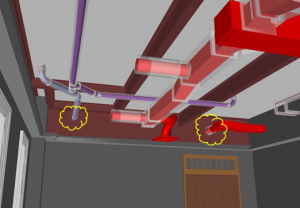
Through careful BIM coordination, WMJ determined the best course of action would be to route the systems through the steel, instead of around it. The team coordinated the model in Revit and Navisworks, documenting the exact size, elevation and dimensions along the beam where each opening would be required. They worked closely with the structural engineer and steel fabricator to provide precise dimensions for each steel opening in each beam. Upon approval, Liphart Steel fabricated the beams and cut all necessary holes in their shop before the beams were delivered to the jobsite.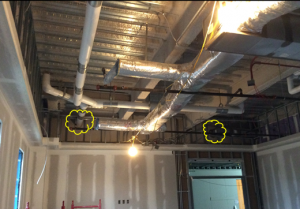
By using BIM prior to the start of construction, the WMJ team recognized problems early and found solutions that allowed the team to achieve their goals while also giving the owner exactly what they wanted. Not using BIM would have caused delays and added significant cost the project.
BIM and Laser scanning are two more tools in WMJ’s belt. These allow our team to prevent problems, increase client satisfaction and build more efficiently. It certainly puts a new spin on ‘measure twice, cut once.’


